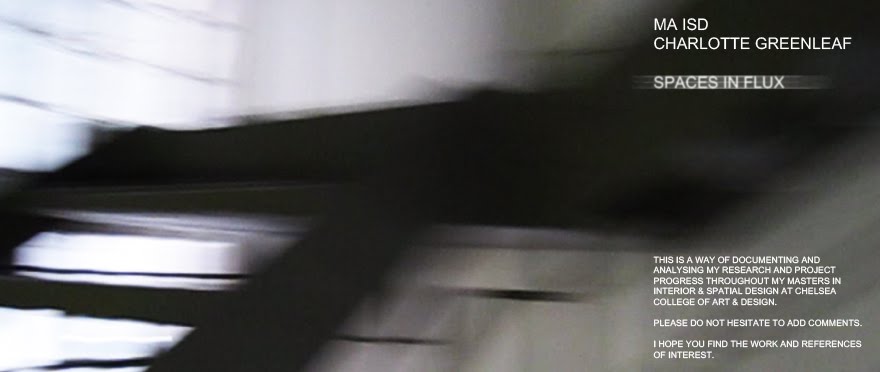Project Statement:
When the body is in motion, progressing through a space, our vision undergoes a continuous movement of shifting orientations and crossed viewpoints. This engagement and comprehension of the space is invisibly strung in snapshots within our perceptual apparatus. My concerns relate to investigating a tension between this embodied vision and the potential to achieve a liberated disembodied vision of the architectural surroundings. The medium of film is employed to seize these intangible paths, with fundamental emphasis concerning the spatial progression of the camera frame. Filmic mechanical devices, beyond merely the camera itself, are thus designed with the motion paths derived directly from the geometry and spatial qualities of the recorded architectural space.
Specifically, the research has engaged an understanding of spiralling vertical architectural interiors and therefore rotational tracking shots. This has concluded in the tailoring of a filming mechanism installed inside the central stairway void of Hurst Point Lighthouse on the south coast of Hampshire. Descending the centre of the void, the mechanism’s rotational movements silently relate to the spatial poetics and specific lighting characteristics of the Fresnel Lenses in the lantern room above and those of the neighbouring Needles Lighthouse, located 6km across the western approach to the Solent. The filmic outcome of the mechanism is a continuous single-sequence shot which has been framed and edited through the workings of the specific device. Abstracted from the architecture, a newly generated, disembodied spatial experience of the navigational tower is thus achieved. In order to install the captured filmic content back into an architectural understanding, the rotational screening technique projects the looped footage as a 360˚ continuous sweeping image around the space. The installation endeavours to intuitively immerse the viewer into the illusionary movement of the projection, embracing them into experiencing and living the contours and surfaces of the filmic space.






















































